By Amanda Rose Newton
When we think about gardening, the concept of companion planting often comes to mind. Companion plants are those that benefit from being grown together, offering mutual support and boosting each other’s growth. However, let’s shift the spotlight to another fascinating group: independent plants. How appropriate for the holiday celebrating our Independence!
These are the resilient, self-sufficient stars of the plant world that can thrive without much intervention. From self-pollinating wonders to hardy houseplants and Florida natives, here’s a look at the plants that stand strong on their own.
Self-Pollinating Plants
Self-pollinating plants are perfect for gardeners who want a bountiful harvest without relying on external factors like insects or wind. These plants have the remarkable ability to pollinate themselves, ensuring fruit and seed production with minimal effort from the gardener.
Tomatoes: Known for their juicy, flavorful fruits, tomatoes are a garden favorite. Varieties like ‘Roma’ and ‘Cherry’ are self-pollinating, making them an excellent choice for both novice and experienced gardeners.
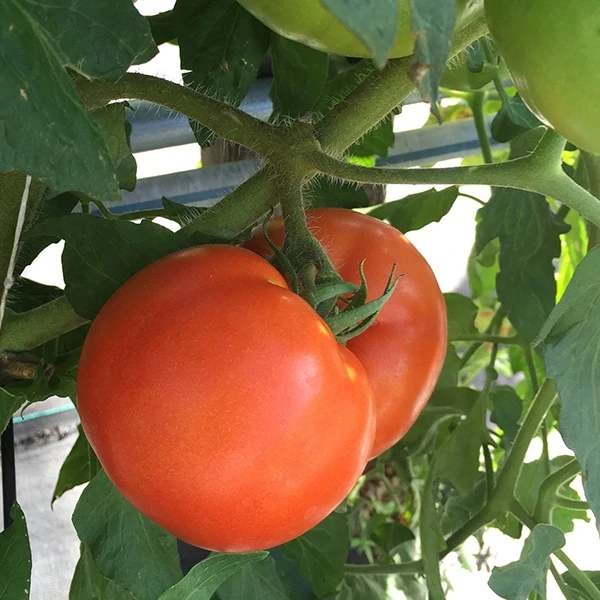
Peppers: Both sweet and hot peppers are self-pollinating, ensuring a steady supply of vibrant, delicious produce. Plant them in a sunny spot and watch them thrive.
Beans: Green beans and other legume varieties can self-pollinate, providing a reliable source of fresh vegetables. They also enrich the soil with nitrogen, benefiting other plants in your garden.
Hardy Houseplants
For those who love indoor greenery but lack a green thumb, hardy houseplants are a game-changer. These resilient plants can withstand neglect, low light, and irregular watering, making them ideal for busy individuals or beginner gardeners.
Snake Plant (Sansevieria): Known for its striking, upright leaves, the snake plant is nearly indestructible.
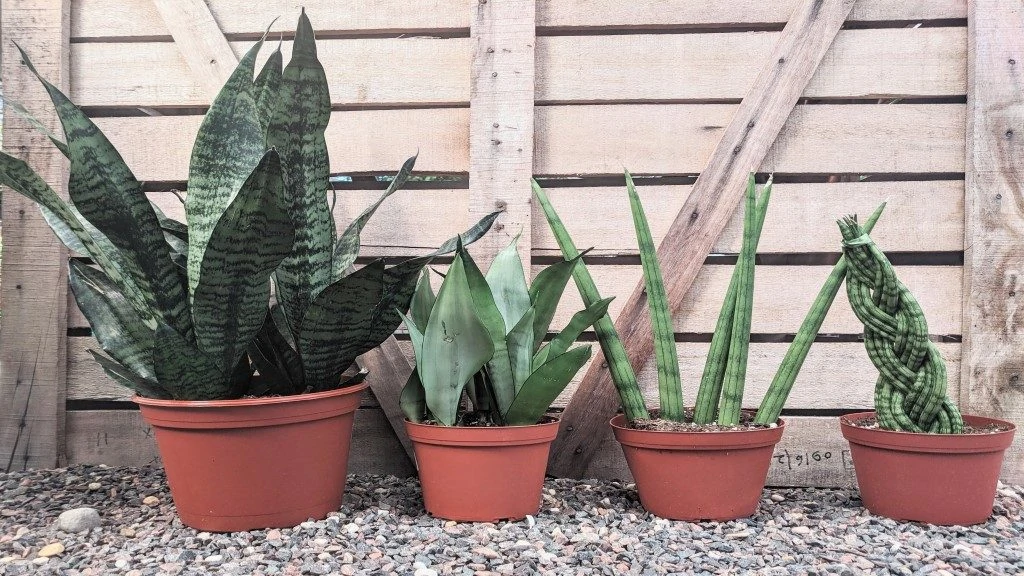
It can tolerate low light and infrequent watering, making it a popular choice for homes and offices. Or, for people like me who nowadays are home 25% of the year. My Snake plants are still alive!
ZZ Plant (Zamioculcas zamiifolia): The ZZ plant is another low-maintenance marvel.
Its glossy, dark green leaves add a touch of elegance to any space, and it thrives in low light and drought-like conditions.
Spider Plant (Chlorophytum comosum): With its arching leaves and ability to produce “pups,” the spider plant is both attractive and easy to care for.
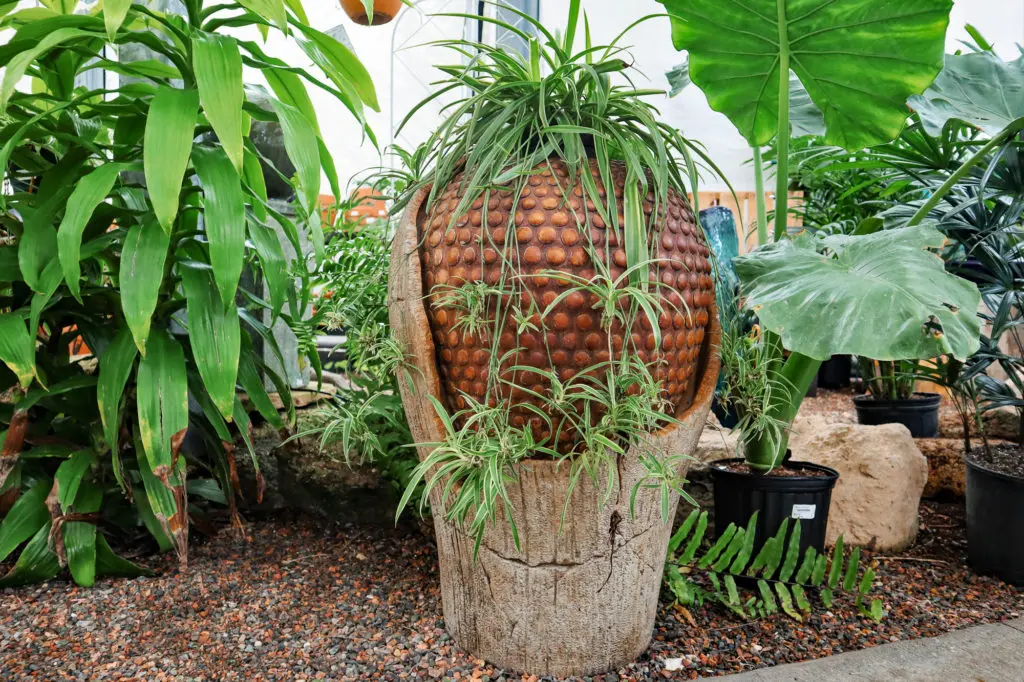
It adapts well to various light conditions and is forgiving of missed waterings.
Florida Natives
Gardening in Florida presents unique challenges, but native plants are well-adapted to the local climate and soil conditions. Incorporating Florida natives into your garden ensures a thriving, low-maintenance landscape.
Firebush (Hamelia patens): This vibrant shrub attracts hummingbirds and butterflies with its tubular red flowers.
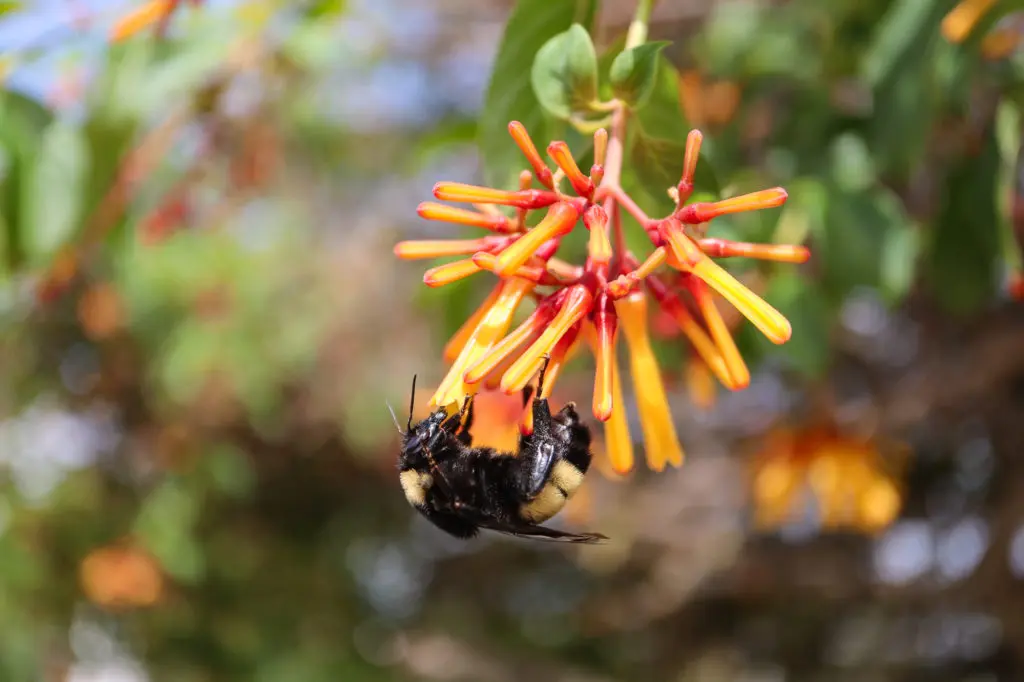
It thrives in full sun and requires minimal watering once established.
Coontie (Zamia pumila): An ancient cycad (aka dinosaur plant), the coontie is a hardy, drought-tolerant plant that adds a touch of prehistoric charm to your garden. It thrives in both sun and shade.
Saw Palmetto (Serenoa repens): Known for its fan-shaped leaves, the saw palmetto is a resilient native that can withstand harsh conditions. It’s perfect for adding a tropical feel to your landscape.
Xeriscaping Plants
Xeriscaping is a landscaping method that focuses on water conservation. There is a whole blog post about it Here (hyperlink)! By choosing plants that thrive in dry conditions, you can create a beautiful garden that requires minimal irrigation.
Purple Coneflower (Echinacea purpurea): This drought-tolerant perennial produces beautiful purple blooms and attracts pollinators. It’s a hardy addition to any xeriscape garden.
Aloe Vera (Aloe spp.): This succulent is well-known for its medicinal properties and low water requirements.
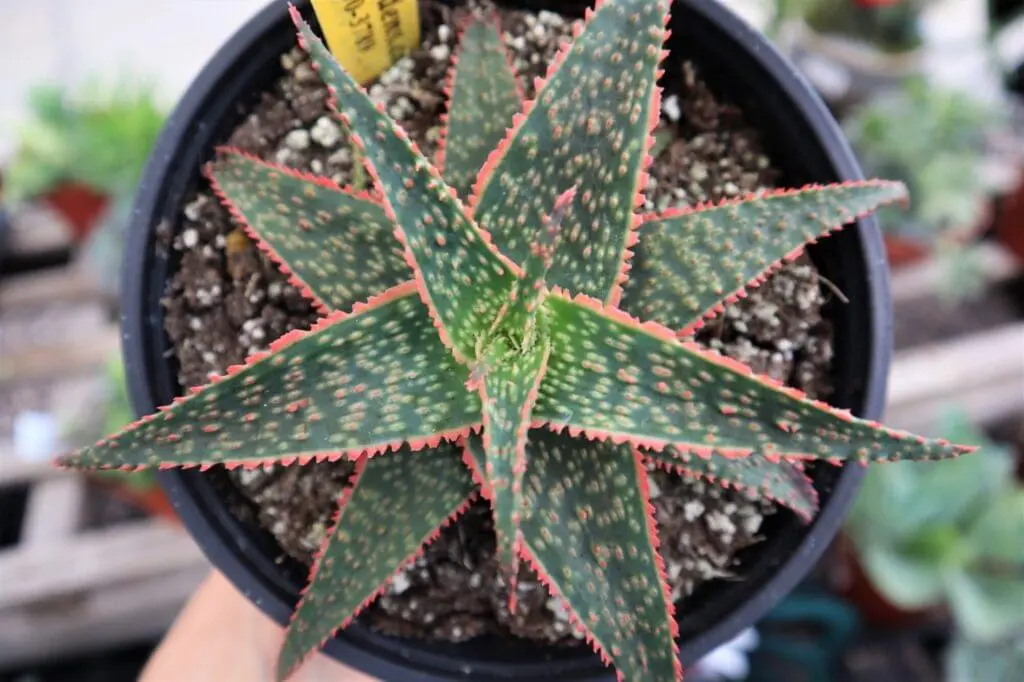
It thrives in sunny spots and adds a unique texture to your garden.
Florida Anise (Illicium floridanum): This evergreen shrub thrives in both sun and shade and requires minimal watering once established. It’s perfect for adding year-round greenery to your landscape.
Plants That Thrive on Their Own
Some plants are simply built to thrive with minimal care, making them ideal for gardeners who prefer a hands-off approach.
Daylilies (Hemerocallis): These resilient perennials produce abundant, colorful blooms year after year. They adapt to various soil conditions and require little maintenance.
Lantana (Lantana spp.): Known for its vibrant flowers, lantana is a hardy plant that can withstand heat and drought. It attracts butterflies and thrives in poor soil.
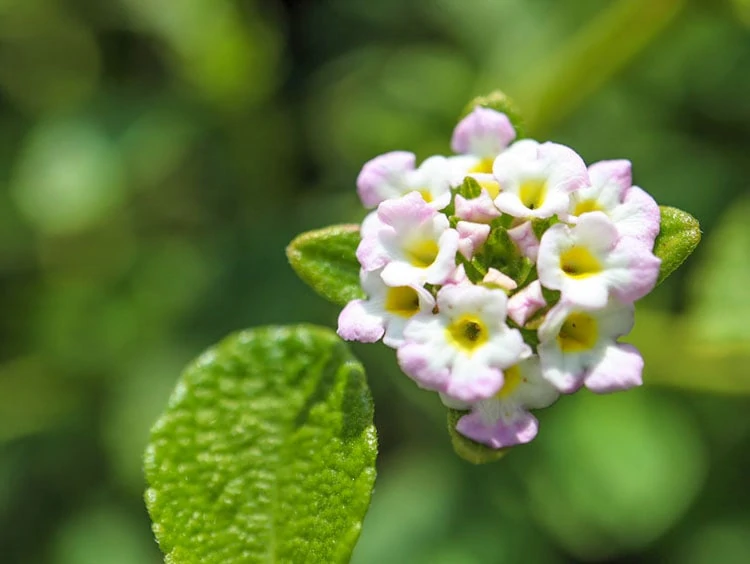
Muhly Grass (Muhlenbergia capillaris): This native ornamental grass produces stunning pink plumes in the fall. It requires minimal care and adds a beautiful touch to any landscape.
By incorporating independent plants into your garden, you can celebrate July 4th in a lush, thriving landscape with less effort and intervention. Whether you’re looking to enhance your indoor greenery, create a low-maintenance outdoor oasis, or support local ecosystems with native plants, there’s an independent plant to suit every need. Embrace the self-sufficient beauty of these plants and let your garden flourish with minimal fuss.


